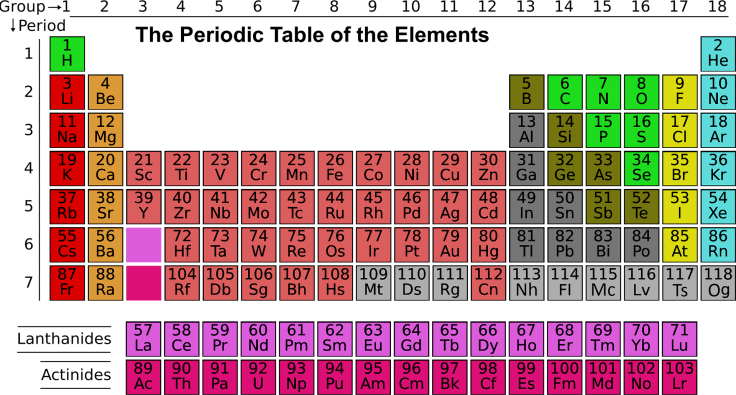Is A New Periodic Table Coming? Scientists Suggest New Way Of Arranging Elements
KEY POINTS
- Scientists proposed a new sequence by assigning a Mendeleev Number (MN) to each element
- The elements are arranged in the new table solely based on their electronegativity and radius
- The researchers say this will help predict the properties of binary compounds that have not yet been developed
Will students be studying an entirely different version of the periodic table in the future? We may have to re-learn the order of elements if the table is reshuffled the way two scientists have proposed recently.
Scientists Zahed Allahyari and Artem Oganov from the Skolkovo Institute of Science and Technology in Moscow proposed reshuffling the periodic table and following a single linear sequence by assigning a Mendeleev Number (MN) to each element. The elements will be rearranged in such a way that there will be only a small change in properties between adjacent pairs.
In their study, titled "Nonempirical Definition of the Mendeleev Numbers: Organizing the Chemical Space" published in the Journal of Physical Chemistry, the researchers explained that their proposal will help "map the properties of materials" and predict the properties of binary compounds that are not yet been synthesized.
See posts, photos and more on Facebook.
Similar suggestions were made by scientists in the past as well.
"All previous MN schemes were empirical. Our MN is non-empirical and should work equally well for any kind of data," Oganov explained in an interview with Chemistry World.
The two scientists explained that elements have four important chemical properties – atomic radius, valence, electronegativity and polarisability. The last two properties are extremely similar and hence, using only one of them should be enough in defining the chemical property of an element, while valence has always been ambiguous, the researchers noted.
In their new version of the periodic table, Allahyari and Oganov arranged the elements only based on their radius and electronegativity properties.
"[The] clusters indicate chemistries that are worth exploring. You can devise a computational strategy that first discovers the clusters and then zooms into them to discover the best material," Oganov explained in the same interview.

© Copyright IBTimes 2024. All rights reserved.





















